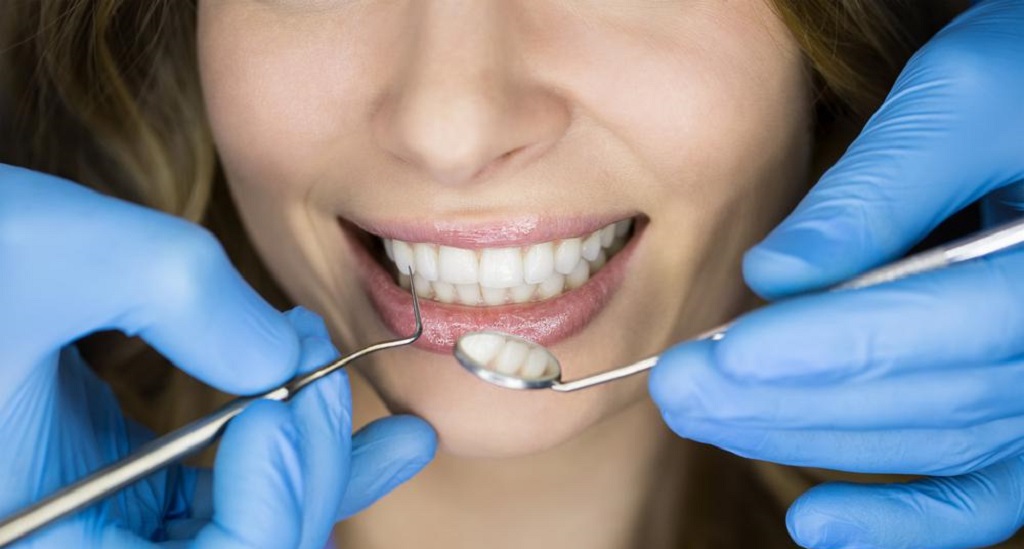Tooth extractions are not something to look forward to. The procedure itself is not painful, but the recovery can cause swelling and irritation. In most cases, this is the furthest extent of post tooth extraction procedures. On rare occasions, however, patients may develop a problem called dry socket where the tooth was removed from the bone of the mouth. This can lead to pain, discomfort, and infection.
Here are some symptoms of dry socket as well as treatment options available to patients.
The dry socket often develops after tooth extraction. This issue is typically very rare, only about 2 to 5% of people will experience the symptoms of dry socket. There are certain factors that may increase your likelihood of developing a dry socket. These factors include smoking, birth control pills, poor oral hygiene, removed wisdom teeth, or those with a history of dry socket after previous tooth extraction. In addition, some people have trauma that is greater than the average person when it comes to tooth extractions. You may also increase your chances of developing dry socket after a tooth extraction Is you rinse and spit frequently or if you drink through a straw.
The symptoms of dry socket include discomfort due to a blood clot formation in the socket to protect the bone and nerves underneath. This clot can dislodge or dissolve in a few days after the extraction takes place, and this can leave the bone completely exposed to food particles, air, liquids, and more which can cause serious pain and discomfort in sufferers. When untreated, this can lead to an infection and the pain may last about 7 days or a full week.
When looking at the area where the tooth was removed, you may notice the opening looks dry. Instead of seeing a darker blood clot here, you will probably be able to see the white of the bone beneath the gum. The pain will normally begin about 2 days after the tooth was pulled and with time the pain typically increases. Some people even experience pain up towards the ear region. Other symptoms of the dry socket that are less severe include bad breath or an unpleasant smell or taste in your mouth.
To treat dry mouth, patients have a few options. Many will take a non-steroidal anti-inflammatory drug or NSAID like aspirin or ibuprofen. This helps relieve swelling and pain. These medications are over the counter and affordable. If these medications are not strong enough to help the pain, your doctor may be able to prescribe a prescription medication that is more effective.
Another option is to have your dentist clean the area daily until healing begins. This helps to prevent build-up that may lead to an infection. The dentist will clean the socket and dress it as needed.
Antibiotics may be necessary in case of a bad infection. You may also need to rinse with salt water daily or use a special mouthwash to help fight the infection appropriately.
While dry socket is unpleasant, you can do lots to prevent it or reduce the symptoms. Be sure to consult your dentist, about how to properly manage your socket after tooth extraction and to gain helpful dry socket treatment tips.
